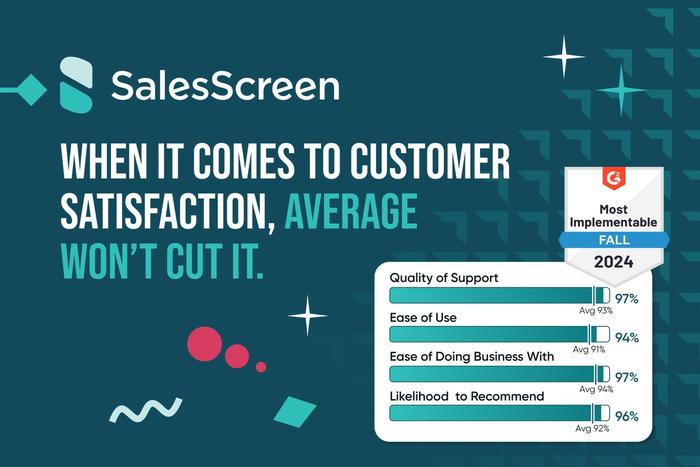Super Bowl LVI has come and gone. Along with it, the nostalgic halftime show and any semblance of a historic underdog victory. The Cincinnati Bengals and its quarterback Joe "Sheisty" Burrow fell just short of their goal, falling to the Los Angeles Rams, 23-20 at SoFi Stadium. But this won't be the last we see of the NFL's Comeback Player of the Year.
Why's that? Joey B's got the moxie, he has swagger and there's ice in his veins. He's got the “it” factor. His challenging journey to get there, however, isn't far off from the grind and hustle to building a sales career. Before Burrow helped usher the Bengals to the Super Bowl this year—the team's first appearance since 1988—he had to overcome many hurdles that would have most players ejecting themselves from the game Antonio Brown style.
His first few years of college football were less than stellar, having only appeared in 10 games over three seasons while at Ohio State—falling behind more favored teammates like J.T. Barrett and Dwayne Haskins. The rigid and traditional ways of measuring a college quarterback's success ignored his true competitive greatness, and instead, he was left at the back of the pack. Turns out though these coaching missteps and inability to recognize his intangibles opened the path for him to succeed.
And his teammates knew it:

Mike Weber, his former teammate at Ohio State, wasn’t wrong. But the damage was already done. In 2018, Burrow transferred to Lousiana State University (LSU) and his redemption—or come back— tour began. In his final season at LSU, he led the team to 13-0, set the record for most touchdown passes in a season and was awarded the coveted Heisman Trophy.
In many aspects, his collegiate comeback has foreshadowed his current NFL career. Despite all the doubt, the losses, the injuries, Joe Burrow proved he does indeed have the “it” factor. And no matter how you slice it, he never fails to make a comeback.
It’s that drive and determination that turns good into great, and it’s a mentality that's highly valued in every job. Notably for us as sales leaders, the key lesson is that evaluating talent is half art and half science. It’s easy to identify our top performers—the Dwayne Haskins on our teams—if measuring through traditional methods like pipeline and closed business. Don’t get it wrong those are important KPIs but not the foolproof solution to defining success.
So how can sales leaders evaluate their team for the “it” factor?
When you can make the art component as scientific as possible, you hold a major competitive advantage. Gamification of the sales process, for example, is one way to discover who will rise to the challenge and who’s motivated to go above and beyond. It breeds autonomy, which allows sales reps to feel in control of their own destiny, and not buried on a depth chart.
It also motivates reps to engage even more, and this positive reinforcement instills consistent recognition of a job well done. Thus, the more human and personal you make the accomplishment, the more addicting and results-driven it becomes.
If you want to keep the next Joe Burrow on your team, let's talk!










